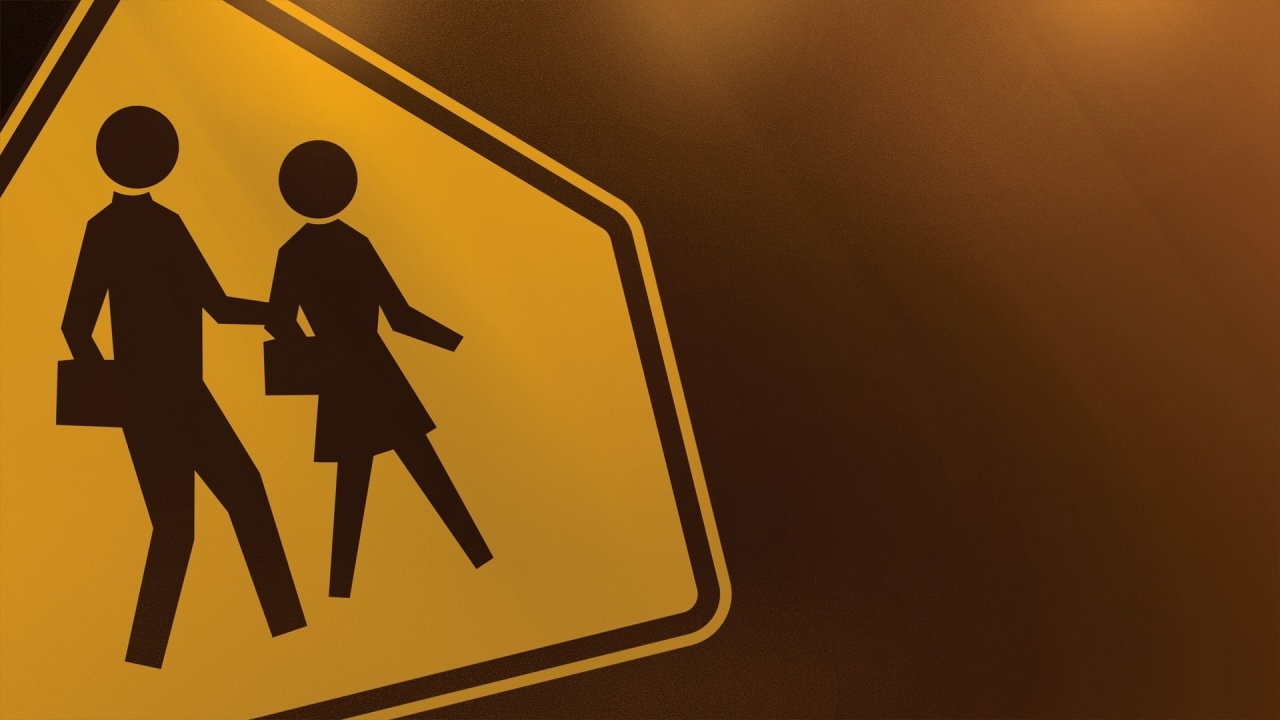
Why do schools close? This question pops up often, especially when unexpected closures disrupt daily routines. Schools close for various reasons, ranging from weather conditions to health concerns. Natural disasters like hurricanes, snowstorms, or earthquakes can make it unsafe for students and staff. Health emergencies such as flu outbreaks or pandemics also lead to closures to prevent the spread of illness. Sometimes, schools shut down due to maintenance issues like plumbing problems or electrical failures. Security threats or community events can also necessitate a temporary halt in school activities. Understanding these reasons helps everyone prepare better for sudden changes.
Why Do Schools Close?
School closings can happen for various reasons. Understanding these reasons helps us grasp the impact on students, teachers, and communities.
-
Weather Conditions: Severe weather like snowstorms, hurricanes, or extreme heat can make it unsafe for students to travel to school. Schools close to ensure everyone's safety.
-
Health Emergencies: Outbreaks of illnesses, such as the flu or COVID-19, can lead to school closures to prevent the spread of disease. This helps protect students, staff, and their families.
-
Natural Disasters: Events like earthquakes, floods, or wildfires can damage school buildings or make them inaccessible. Closing schools allows time for repairs and ensures student safety.
Economic and Financial Factors
Economic issues can also force schools to shut their doors. These factors often stem from budget constraints or financial mismanagement.
-
Budget Cuts: When government funding is reduced, schools may not have enough money to operate. This can lead to closures, especially in areas with already limited resources.
-
Declining Enrollment: If fewer students enroll in a school, it may not be financially viable to keep it open. Schools rely on student numbers for funding, so a drop can be critical.
-
Maintenance Costs: Older buildings can be expensive to maintain. If a school can't afford necessary repairs or upgrades, it might close to avoid safety hazards.
Social and Community Impact
School closings affect more than just the students. They have a ripple effect on the entire community.
-
Job Losses: Teachers, administrators, and support staff can lose their jobs when a school closes. This impacts their families and the local economy.
-
Community Resources: Schools often serve as community hubs, offering resources like libraries, gyms, and meeting spaces. Closing a school can leave a community without these vital services.
-
Student Displacement: When a school closes, students must transfer to other schools. This can disrupt their education, social circles, and daily routines.
Long-Term Effects
The consequences of school closings can last for years, affecting future generations.
- Educational Gaps: Students who experience school closures may face gaps in their education. This can affect their academic performance and future opportunities.
The Final Bell
School closings affect communities in many ways. They can disrupt students' education, impact families' daily routines, and even change neighborhood dynamics. Understanding the reasons behind these decisions helps everyone prepare better. Whether it's due to budget cuts, declining enrollment, or emergencies like natural disasters, knowing the facts can ease the transition.
Parents and students should stay informed through official school communications and local news. Being proactive can make a big difference. For instance, having a backup plan for childcare or transportation can save a lot of stress. Also, engaging in community discussions can provide support and solutions.
Remember, school closings aren't just about shutting doors. They're about adapting to new circumstances and finding ways to continue learning and growing. Stay connected, stay informed, and keep moving forward.
Was this page helpful?
Our commitment to delivering trustworthy and engaging content is at the heart of what we do. Each fact on our site is contributed by real users like you, bringing a wealth of diverse insights and information. To ensure the highest standards of accuracy and reliability, our dedicated editors meticulously review each submission. This process guarantees that the facts we share are not only fascinating but also credible. Trust in our commitment to quality and authenticity as you explore and learn with us.
